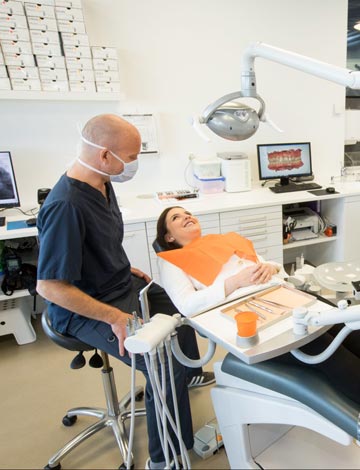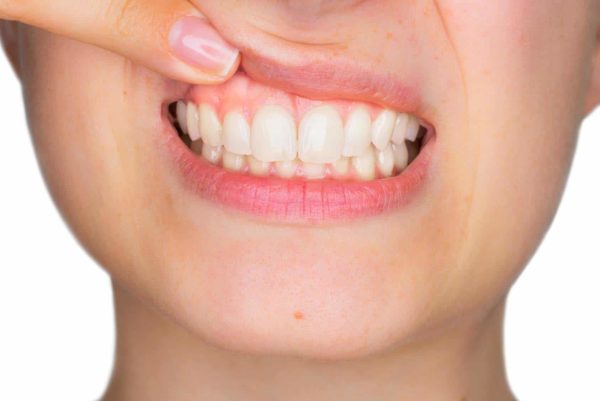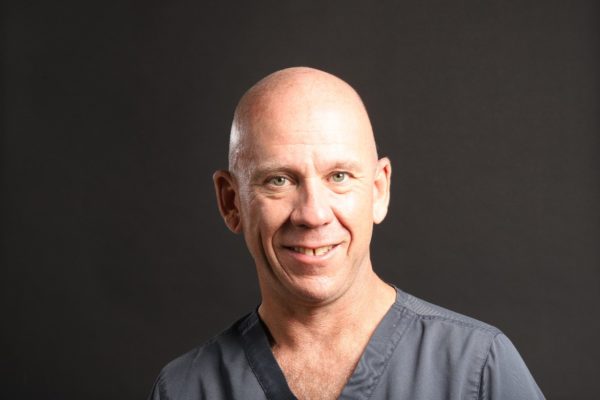Wisdom teeth extraction in Geneva
Wisdom teeth are the third molars, the last on the dental arch, which have lost their usefulness in humans over the course of dietary evolution. They generally erupt between the ages of 18 and 25, but can sometimes arrive in the oral cavity much later.
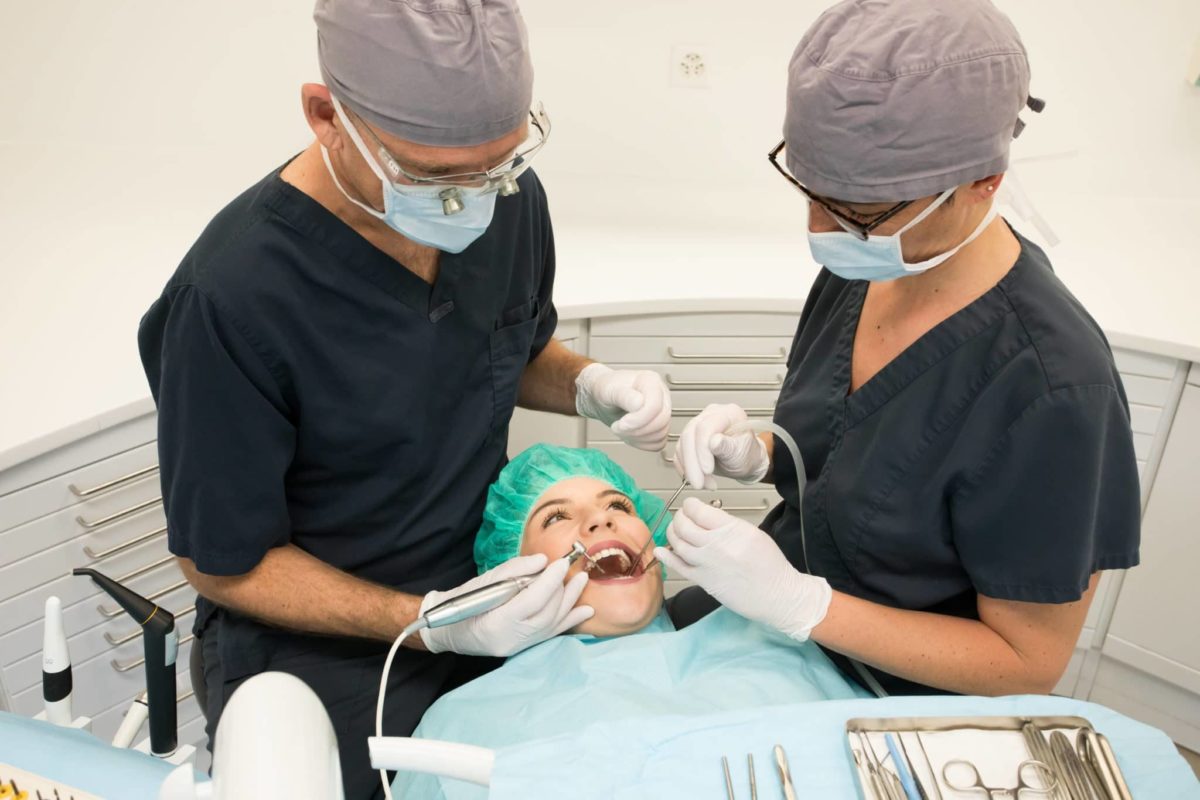
We follow the guidelines of the University of Geneva, and generally recommend wisdom teeth extraction before the onset of oral problems.
Why are wisdom teeth a problem?
Wisdom teeth are frequently a source of complications.
Early complications generally occur during the eruption of the wisdom tooth
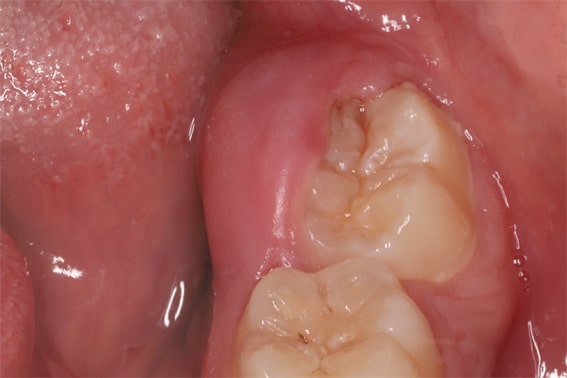
Pericoronitis is the most frequent complication, and corresponds to inflammation of the tissues surrounding the tooth. It occurs in erupting wisdom teeth that have perforated the oral mucosa, providing an entry point for bacteria. Symptoms typically include pain, swelling, trismus (difficulty opening the mouth),…
Late complications usually occur after the eruption of the wisdom tooth: since wisdom teeth are located at the very back of the dental arch, they are not always easy to access for daily oral hygiene care, which can lead to tooth decay.
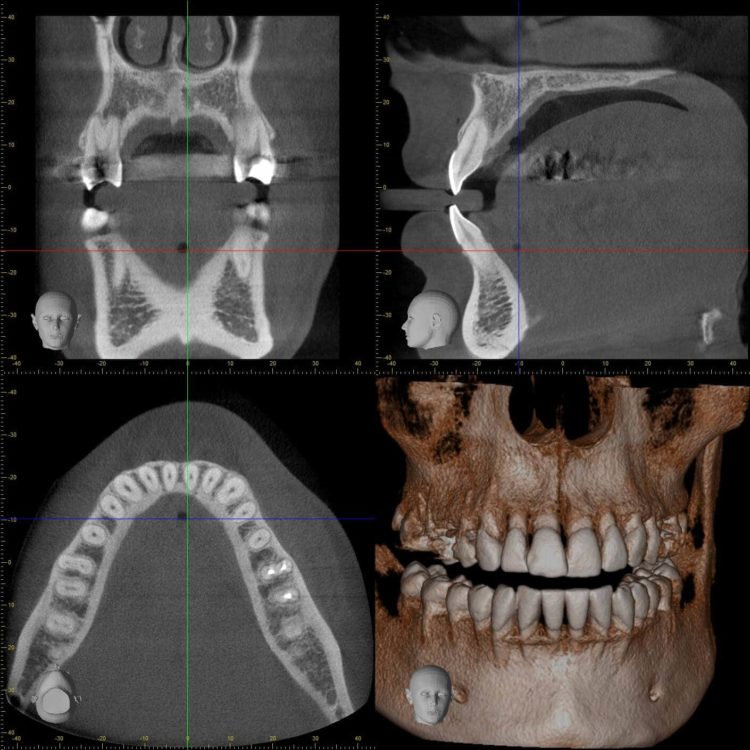
Our treatment of wisdom teeth in Geneva
Wisdom teeth extraction takes place in a dental chair, under sterile conditions to limit the risk of infectious transmission. In complicated cases, a 3D X-ray (volumetric digital tomography) can be taken beforehand to facilitate the surgeon’s work and limit the risks of the operation.
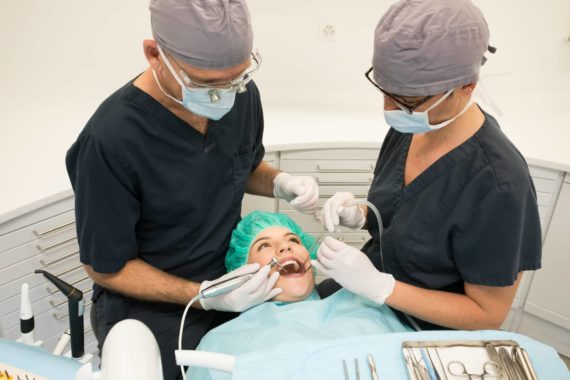
How are wisdom teeth removed in Geneva?
Wisdom teeth are extracted from the chair under local anaesthetic. When the tooth is partially or totally impacted, access to the surgical site is gained by incising the gum. The tooth is then freed by milling the surrounding bone, and sometimes separated into several pieces for extraction. In some cases, even with non-included teeth, it may be necessary to open the gum and release the bone to allow extraction.
The post-operative course varies greatly from patient to patient, and may include minor bleeding, hematoma, pain that subsides with analgesics, swelling of the cheek, and limited mouth opening.
In Geneva, we take every measure to ensure the best possible post-operative period, with the application of biostimulant laser, ice and compressive compresses.
